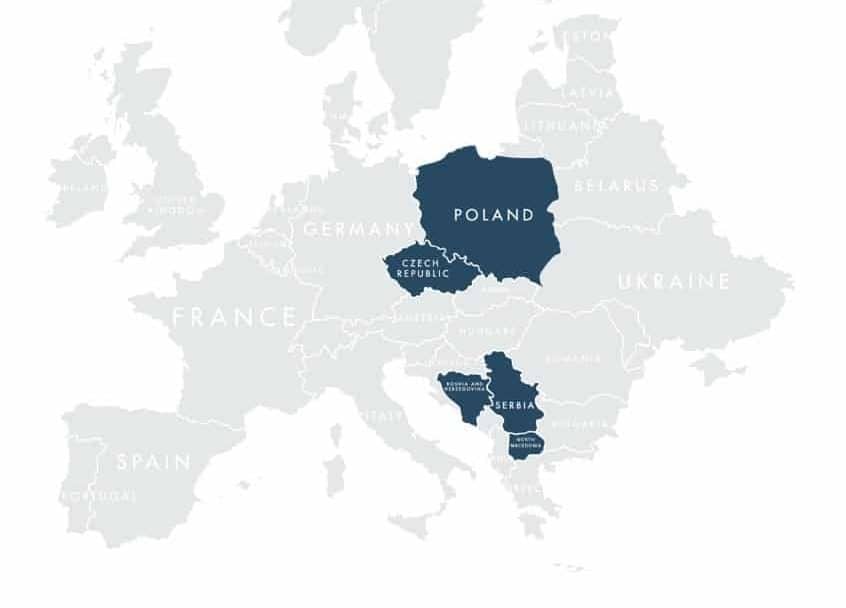The Muslim Brotherhood is many things to many observers. Some label it as a terrorist organisation, others accept it as a modernist movement. There is a good reason why this entity is so hard to pinpoint. It has been constantly evolving, and throughout time it has spread to multiple countries where it has taken diverse forms and adjusted its activities accordingly. During the course of the past century in various Middle Eastern countries, the Brotherhood has cooperated with regimes, gone underground, collaborated with former opponents, been forced into exile, and adopted terrorism, depending on the country and period of scrutiny.
In the West, there is still a debate as to what its intentions are between the camps Lorenzo Vidino called ‘optimists’ and ‘pessimists’. The former arguing the Brotherhood is a useful force for integrating local Muslims, while the latter see it as a subversive force radicalising the local Muslim community and splitting it from its Western identity. Now the tides are changing in Germany, France, and the UK and the governments are starting to see the movement as part of the problem.
What is left then, is to shed light on the Brotherhood’s activities in the part of Europe that has until recently been closed off to such movements. Central and Eastern Europe (CEE) is a diverse environment regarding Muslim integration. Whereas some countries have Muslim majorities, in others they represent historic minorities, and the third group of countries has had very little experience with Muslims in general. Certainly, the activity of the Brotherhood varies in this region as well; however, a fuller study mapping its presence is lacking. To expand on the subject further, GLOBSEC has partnered with Counter Extremism Project to turn its attention to CEE (see) activities of the Muslim Brotherhood.
The project will zoom in on 5 countries to determine the penetration of the Muslim Brotherhood in the CEE region and our research will be driven by the following questions:
- How many groups have ties to the Muslim Brotherhood and what demographic do they represent?
- What access to the governments of the researched countries do they have and what methods do they use to gain that access?
- How do they cooperate with each other on the national and regional levels?
- What is their relationship with Islamic groups of other ideologies?
- What are their short-term and long-term goals?
